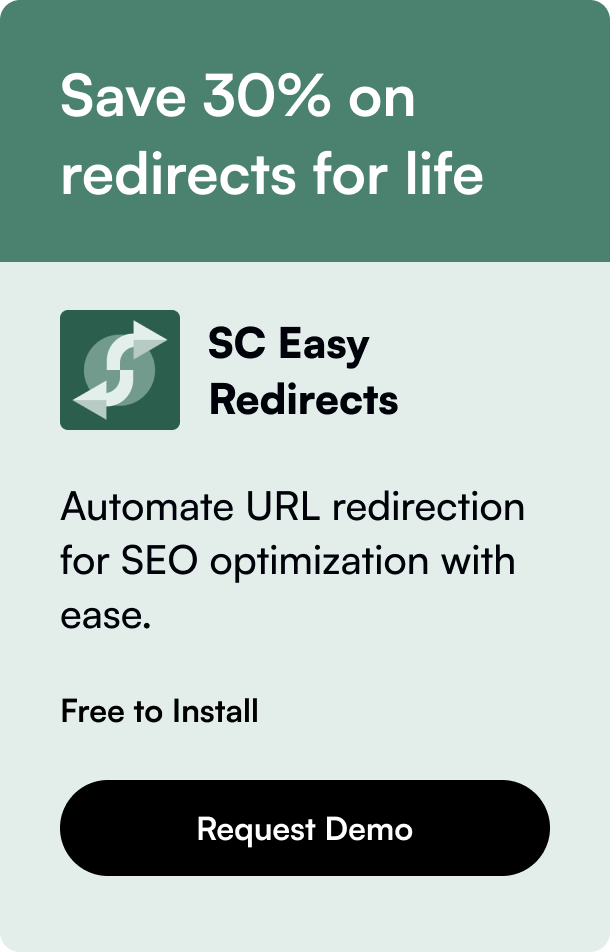Table of Contents
- Introduction
- What is Affiliate Marketing?
- The Mechanics of an Affiliate Program
- Steps to Launch Your Affiliate Program
- Why Go the Affiliate Route?
- Conclusion
- FAQ
Introduction
Have you ever wondered how some Shopify stores rapidly gain traction and reach a wide audience without spending fortunes on advertising? The secret might be closer than you think: affiliate marketing. Imagine leveraging the power of influencers, bloggers, and satisfied customers to promote your products. The beauty of this approach is that you only pay for actual sales, making it a financially sound marketing strategy. In this blog post, you'll learn how to kickstart an affiliate program for your Shopify store, understanding the nuances that make some programs successful while others falter. Whether you're a seasoned Shopify store owner or just getting started, this guide will illuminate the path to building a robust affiliate program, amplifying your reach, and boosting your sales with precision and efficiency.
What is Affiliate Marketing?
At its core, affiliate marketing is a symbiotic relationship where online retailers (like you) collaborate with external individuals or entities (affiliates) to drive traffic and sales to their online store. These affiliates are compensated with a commission for each sale attributed to their marketing efforts. This model not only spreads brand awareness beyond conventional boundaries but also ties marketing costs directly to sales, ensuring a high return on investment (ROI).
The Mechanics of an Affiliate Program
An affiliate program for a Shopify store operates through unique tracking links distributed to your affiliates. These links are the affiliates' tools to share your products across their networks—be it through blogs, social media, or other digital platforms. Each sale made through these links is recorded, attributed to the respective affiliate, and rewarded accordingly. This system's simplicity and efficiency make it incredibly appealing to both store owners and affiliates.
Steps to Launch Your Affiliate Program
1. Identify Your Champions
The first step is choosing the right products and the affiliates who will promote them. High ticket items or those with broad appeal are often the best candidates for affiliate sales. Look for affiliates whose audiences match your target demographic, such as niche bloggers, social media influencers, and content creators who align with your brand values.
2. Set Clear Commission Structures
Deciding on the commission structure is pivotal. Most programs offer a percentage of the sale price, though flat rates per sale are also common. Whatever you choose, it should be enticing enough for affiliates to prioritize your products while ensuring profitability. Average commissions range from 5% to 30%, depending on the industry standards and product margins.
3. Select an Affiliate Platform
Leveraging the right technology is crucial for managing affiliates efficiently. Shopify's App Store is replete with affiliate management apps designed to integrate seamlessly into your store. These apps facilitate everything from signing up affiliates to tracking their sales and managing payments. Some popular options include Refersion, LeadDyno, and UpPromote, each with unique features to suit different needs.
4. Recruitment is Key
Once your program and platform are set up, it's time to recruit affiliates. This can be done through direct outreach to potential affiliates, advertising the program on your website, and leveraging social media channels. Consider also joining affiliate networks to attract a wider pool of potential affiliates.
5. Management and Optimization
Effective affiliate program management involves clear communication of your brand message, providing marketing materials to your affiliates, and regularly reviewing performance data to optimize the program. Celebrate high achievers, provide feedback, and continuously seek to add value to both your affiliates and customers.
Why Go the Affiliate Route?
The beauty of starting an affiliate program lies in its cost-effectiveness and scalability. By paying for performance, you ensure that marketing dollars are spent wisely. Moreover, it's a powerful way to extend your reach, tapping into the affiliate's audience, which might have remained elusive through traditional marketing methods.
Conclusion
In today's digital age, creating an affiliate program for your Shopify store is more than just a strategy; it's a necessity for those looking to scale efficiently. By following the steps outlined in this guide, you're not just setting up a program but laying the foundation for a thriving ecommerce ecosystem fueled by partnerships and mutual growth. Start small, learn, iterate, and soon, you might find your store at the center of a vibrant affiliate network, driving sales and building brand loyalty in ways you never imagined.
FAQ
Q: How long does it take to set up an affiliate program? A: With the right tools and preparation, you can set up a basic affiliate program in a few days. However, refining the program and recruiting quality affiliates is an ongoing process.
Q: Can small stores benefit from affiliate programs? A: Absolutely. Affiliate programs are scalable, making them suitable for businesses of all sizes. For smaller stores, it's an opportunity to grow brand awareness and reach without the upfront costs associated with traditional advertising.
Q: How do I track the effectiveness of my affiliate program? A: Most affiliate management apps provide comprehensive analytics, tracking clicks, conversions, and other vital metrics. These insights are crucial for assessing the program's impact on your sales and optimizing for better performance.
Q: Are there any legal considerations with affiliate marketing? A: Yes. It's important to ensure that your program complies with applicable laws and regulations, particularly regarding disclosure and privacy. Providing clear guidelines to your affiliates on these matters is essential.
Q: Can I run multiple affiliate programs simultaneously? A: While it's possible, managing multiple programs can complicate tracking and management. Focus on optimizing a single program before considering expansion.








